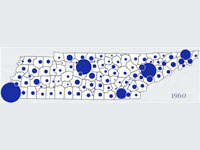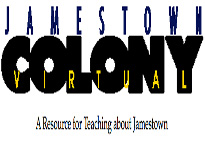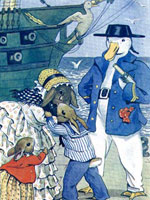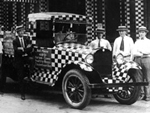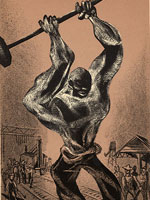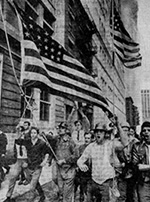Memories of the IWW by Elizabeth Gurley Flynn
Transcription of 30-page address by Elizabeth Gurley Flynn in 1962 at Northern Illinois University discussing memories of the Industrial Workers of the World (IWW). Flynn talked about the Lawrence strike of 1912, Big Bill Haywood, Joe Hill, and the red scare of 1919. The words, music, and sheet music cover for Hill's song, "The Rebel Girl," are included in the transcription. The speech is illustrated with four photographs of Flynn, Haywood, and the Lawrence strike and followed by nine questions from the audience and Flynn's answers. Links throughout the text connect visitors to one to 15 pages of background information on names, events, and themes in Flynn's speech, but many do not work. A bibliography recommends four books and one movie about Flynn. The site will be interesting for anyone researching Flynn, labor or radicalism in the early 20th century, or the IWW.

